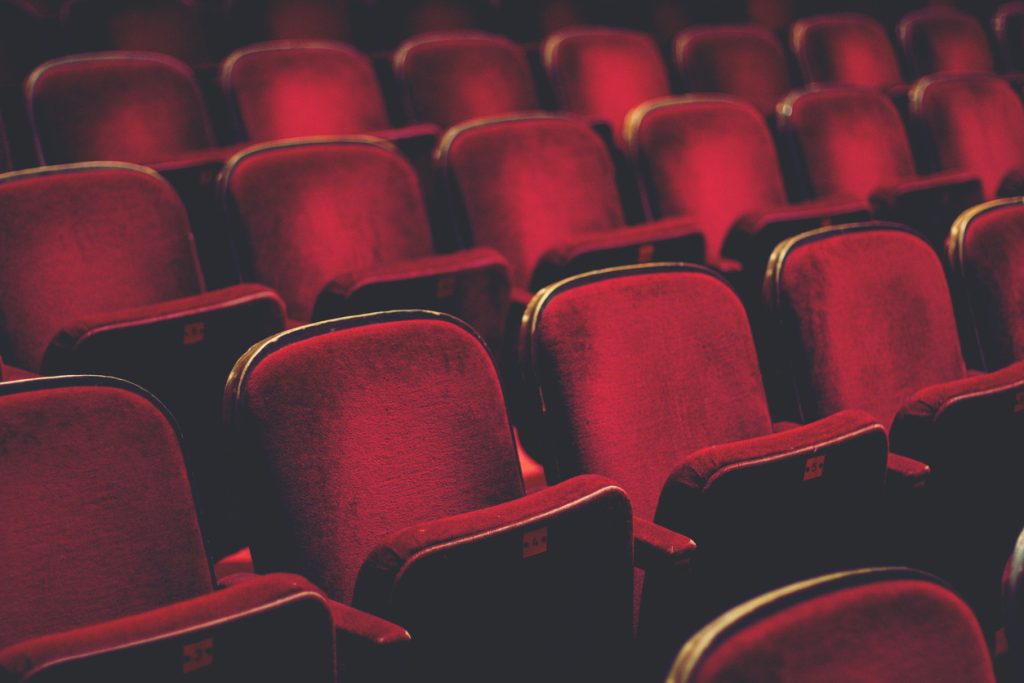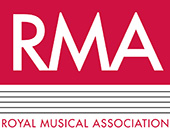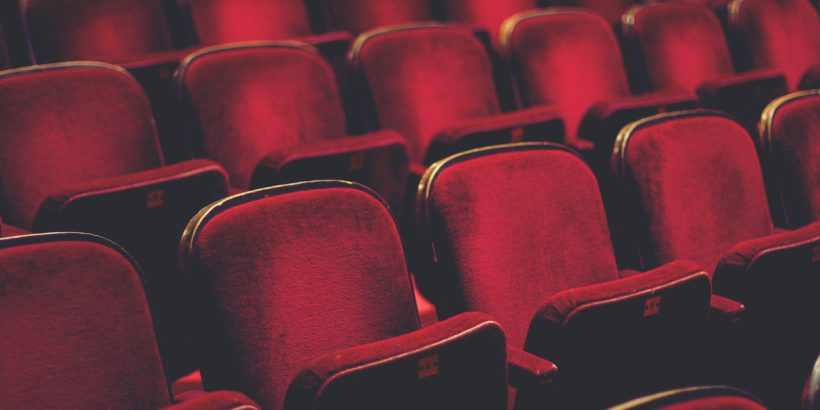Conference Review: Sound on Screen II 2023

Before the announcement of its Music Department’s closure, Oxford Brookes University was home to the only recurring conference on screen music and sound in the UK, providing a crucial platform for scholarly exchange in this highly diverse, current, and relevant research field. The loss of Oxford Brookes’ unique combination of a Music and Film department working together in a school of arts is devastating not only to the academic and educational communities, but also to broader industrial and cultural environments. Indeed, statements by the RMA and SMA have highlighted Oxford Brookes’ Music Department’s profound contributions to the field of sound on screen internationally.
As we approach perhaps the last Sound on Screen event to be held at Brookes on July 3rd, let us revisit the second Sound on Screen conference that was held in person at Oxford Brookes’ Headington campus and online via Zoom from 4th – 6th July 2023. Transitioning successfully from its purely virtual conception back in 2021 during the COVID-19 pandemic, last year’s hybrid format attracted 91 scholars and practitioners from around the world. The breadth of scholarship exploring the relationship between music and/or sound and the screen was reflected in the 30 papers presented. These were synergistically grouped into 11 varied panels including television, video games, documentaries, social and new media, music and place, music outside the film, approaches to film music, pre- and post-existing music, violence, silence and fantasy.
Kicking off the conference, Conor Power’s and Maria Fuchs’ complementary papers tackling nationalism and (neo-)colonialism respectively shined a critical lens on ideologically loaded musical tropes that pervade film and television soundtracks due to their semiotic efficiency. Further exploration of musical codes was taken up by James Heazlewood-Dale (and John MacDonald in absentia) in the context of video games, in particular how the drum kit accompanies and even encourages aggressive gameplay.
The topic of violence carried through to the papers presented by Jerónimo Sarmiento, who argued for the musicality of narrative films by taking Lucrecia Martel’s 2008 film The Headless Woman as a case study, and Ana Djordjevic, who discussed how music is weaponized in post-Yugoslav films. In contrast, Jasmine Croll argued for the power of silence in her investigation of contemporary films by female directors. Rounding off the silence-themed panel were Angela English, who advocated for active audience participation in community screenings of local historical film footage, and Jacob Browne who argued that texts in Weimar-era silent films are visually implied sonic events that carry the potential to elicit embodied and sensual responses. Further considerations on instances of (verbal) silence were found in other panels: Peter Adams explored the neo-silent aesthetic in contemporary video games; extending Michel Chion’s concept, Jacques Dupuis explored manifestations of the “inverted acousmetre” (characters that are seen but not heard) trope in film.
The theme of meaning making through music was taken up by the trio of papers by David Ireland, Emilio Audissino, and Marie Bennett who interrogated matters of intertextuality through film soundtracks that employ or refer to pre-existing music. More extra-musical considerations were later pursued by Ben Winters, who explored the implications of using excerpts of symphonies by specific composers (Mahler and Rachmaninov) in Birdman (2014) and Sophia Wetzel, who demonstrated how musical genre references are used to characterize mental illness and trauma in the Psychonauts (2005, 2021) video game series.
Issues of intertextuality and media literacy also permeated the panel on social and new media: Toby Huelin and Júlia Durand examined the backlash triggered by library music ‘soundalikes’ in the political promo videos of former US President Donald Trump and current UK Prime Minister Rishi Sunak. Covering the spectrum from popular to classical music in social media, Carolin Geyer offered a qualitative approach to understanding how and why users appropriate popular music in social media short videos while Inka-Maria Nyman explored how cultural institutions such as the opera have taken to Instagram in their efforts to democratize and demystify high culture.
Meaning making was also explored outside traditional screen formats: Elizabeth Hunt took discussions into the off-screen arena of film music in concert settings while Julin Lee ventured into the paratextual realm with her paper on the role of musical instruments in behind-the-score featurettes of contemporary television series. Common themes of value construction and artistic legitimization emerged, bridging the two papers’ seemingly disparate subject areas. These resonated with the panel on television, with papers by David Etheridge and Marc Brooks attesting to the artistic achievement of the medium from the broadcast to the streaming era respectively. Bridging the transmedial gap, Tim Summers and Will Farmer put forward their transformational theory of music, presenting a means of examining music within multimedia franchises.
A string of familiar title tunes from Knight Rider to Succession filled the lecture theatre leading up to Nicholas Reyland’s keynote address on television scoring. While stand-out musical moments are commonplace in 21st century television, such bold and thought-provoking musical choices – ‘ostentatious’ as he calls them – were once rare occurrences. He argued that the foregrounding of music invites viewers to pay attention to the music-led narration that is central to the Peak TV style, adding a must-hear component to the ‘must-see’ allure (as posited by Trisha Dunleavy, 2017) and inviting ‘forensic’ fans (Jason Mittell, 2015) to engage deeply with the soundtrack.
Practical approaches were highlighted in James McGlynn’s and Miaotong Yuan’s papers. Taking an autoethnographic approach, James advocated for the video essay format’s viability as a tool for research and scholarship communication in screen music studies. Miaotong’s animated presentation of soundscapes in films combined academic and industry perspectives, the latter being a welcome complement to conference’s numerous scholarly perspectives.
The panel devoted to fantasy saw a highly complementary pair of papers on The Lord of the Rings. The musical soundworlds of pre-Jackson Tolkien screen adaptations were explored by Matt Lawson while the post-Jackson journey was taken up by Daniel White in his detailed analysis of Bear McCreary’s score for Prime Video’s The Rings of Power. Bringing Game of Thrones into the fold, Hunter Wallace broke down the musical layers of the iconic Light of the Seven sequence from the sixth season’s finale and their narrative implications.
Wrapping up the conference was the panel on documentary film, a fitting intervention considering the conference’s predominant focus on fictional narrative formats. The authenticity and realism conveyed by the sound design in Emin Bülbül’s paper were contrasted with the anthropomorphizing effects of the musical themes on animals in Sanna Qvick’s paper, prompting us to reflect on what we (sonically) expect from documentary films, which – despite their non-fiction subject matter – all manipulate reality to a certain degree.
Heartiest congratulations go out to the organizing committee for masterfully navigating technical challenges (including a fire alarm incident in the main building) with the brightest of spirits and for ensuring that all conference participants (both on site and on Zoom) were well engaged. The helpful conference assistants who also contributed to lively discussions and all-round good vibes deserve a special shout-out. I believe I speak for the majority of my fellow conference participants and esteemed colleagues that we still have not given up hope of returning for more from Sound on Screen in future, and sincerely hope that the grievous decision to close music departments not only at Oxford Brookes but also other UK universities will be overturned. The profoundly enriching experience of studying music that is continually vitalized by music research at higher education level needs to be not only safeguarded but actively championed. The show – and the music – simply must go on.
Julin Lee is a third-year doctoral research and teaching associate at the University of Music and Theatre Munich, whose dissertation focuses on American television series music and sound in the 21st century.


Thank you so much Julin, for this comprehensive write up. What an excellent conference Sound on Screen II was. I am very saddened to hear about the closure of the dept. I wish you all the best with your research. Jasmine.